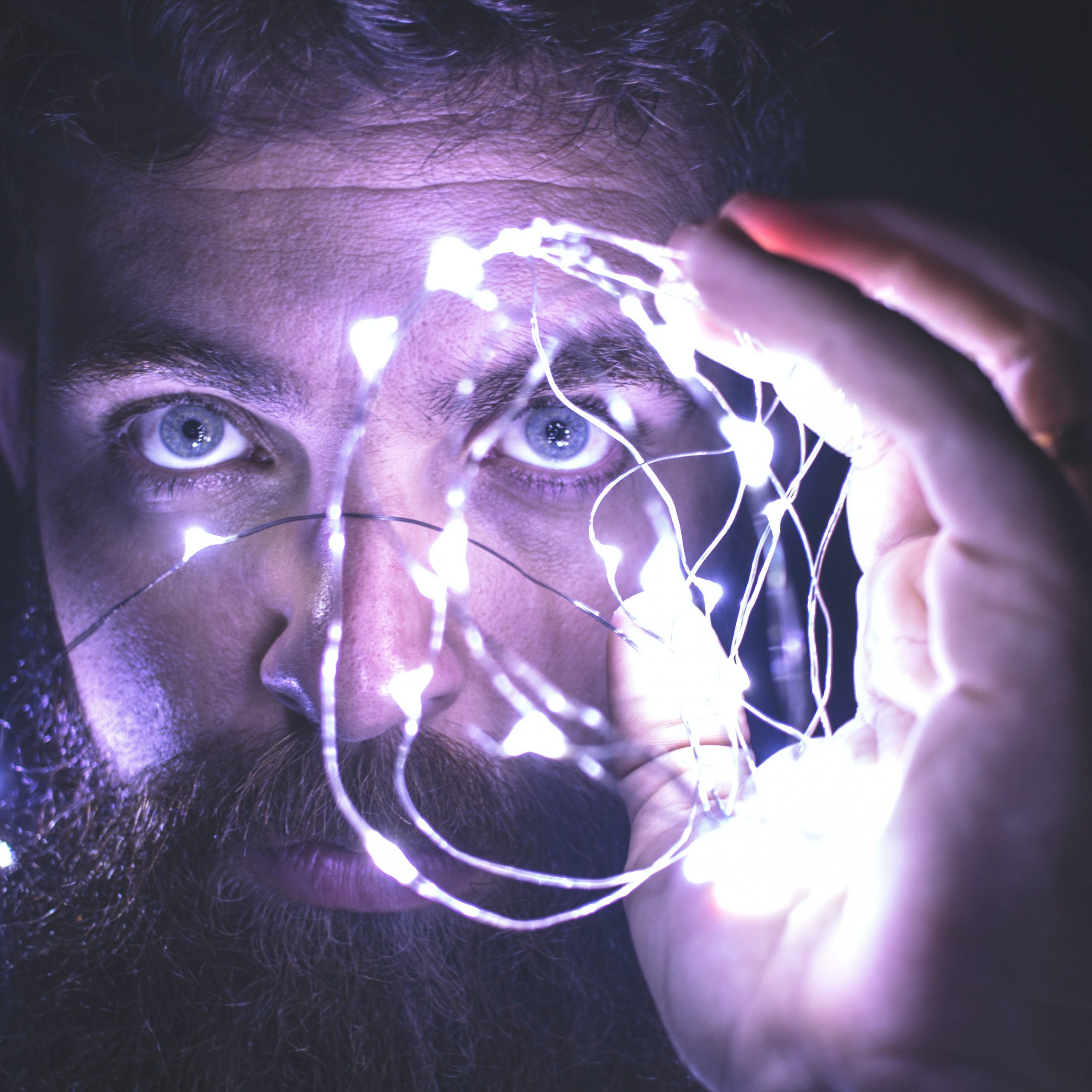Polyvagal theory

By Christine Ferch
Polyvagal theory (P.V.) was developed by Dr. Porges, who worked within developmental psychophysiology. P.V. helps explain the interconnected nature of how we react cognitively, behaviorally, and emotionally. P.V. theory has been especially useful in our understanding of trauma and has created many useful techniques and strategies to mediate symptoms in a variety of disorders, not just trauma.
P.V. theory started with research on our vagus nerve, which is associated with our parasympathetic system (for more on the PNS, see my blog on trauma). The vagus nerve reacts in response to danger or stress; it is responsible for the freeze or shutting down in our fight, flight, or freeze response.
When we are in the freeze or shut down phase, our parasympathetic system becomes inhibited, shutting down our sympathetic system. The vagus nerve is activated and shuts down our other organs as our primary intent now, is to remain dormant for survival.
The Vagus Nerve
As mentioned, this nerve’s role is to work in a way which increases our survival under a threatening or stressful situation without our awareness. The V.N. scans for cues of danger and warns the body of any potential threat to prepare us to respond in a way to maximize survival.
Vagus means to wander, which is what this nerve does. The nerve wanders through the body starting at the brain, down to the heart, lungs, digestive tract to the diaphragm, ending in the abdomen. The branching allows the V.N. to activate or deactivate our organs in response to F, F, F. When our heartbeats, our palms sweat, we get butterflies in our stomach, this is all the work of the V.N.
P.V. and Trauma
When we experience trauma, our social engagement system keeps us in a state of hyperarousal, disconnection (disassociate), or engaging in maladaptive coping (avoidance).
Our P.V. wants to put us in a state of survival and to maximize safety as it perceives a threat or danger. When constantly faced with trauma, our body begins to take this as our baseline of functionality and can perceive anything as a threat or negatively impacts our safety, even if it does not fit with our current present-day situations or reality.
Therefore, completing work on the vagus nerve has proven effective for those with trauma. PV provides an understanding of our social engagement systems, what is happening in our bodies which influences our behaviour and emotions, and our ability to interact with others.
When we interact with the world, our V.N. is assessing the environment for possible threats or danger by assessing the facial expressions and body language of others. We are unconsciously processing these cues while our body is also adjusting our physiological responses. When we are feeling safe, our bodily systems work in the manner they are supposed to. When we endure trauma, our brain and body become activated, we are no longer calm, we no longer socially connect, and our old defences take over.
P.V. theory emphasizes social play to work through the vagus nerve systems to find a balance between our physiological processes. The social engagement provides facial and body cues of safety which allows the sympathetic system to become activated and take on more of a role over the parasympathetic system. Play is helpful for those who endured child abuse and felt a lack of safety because the ability to play when they were younger was minimal.
P.V. sounds difficult due to the complicated terms associated with it. In simplest terms, P.V. is designed to identify cues of safety, relaxing the body to reduce the role of the parasympathetic system so the sympathetic system can activate its systems. When balance is achieved, the body will be in a state of calm, and biological processes will begin to work more effectively.
For further information see related blogs on trauma, C.B.T., and the para/sympathetic nervous systems.
For more information or if you have questions on P.V. theory, contact us admin@ovcs.ca.
Contact Us today by completing the form below. If you want help with this or anything else you’re struggling with connect with us now.




